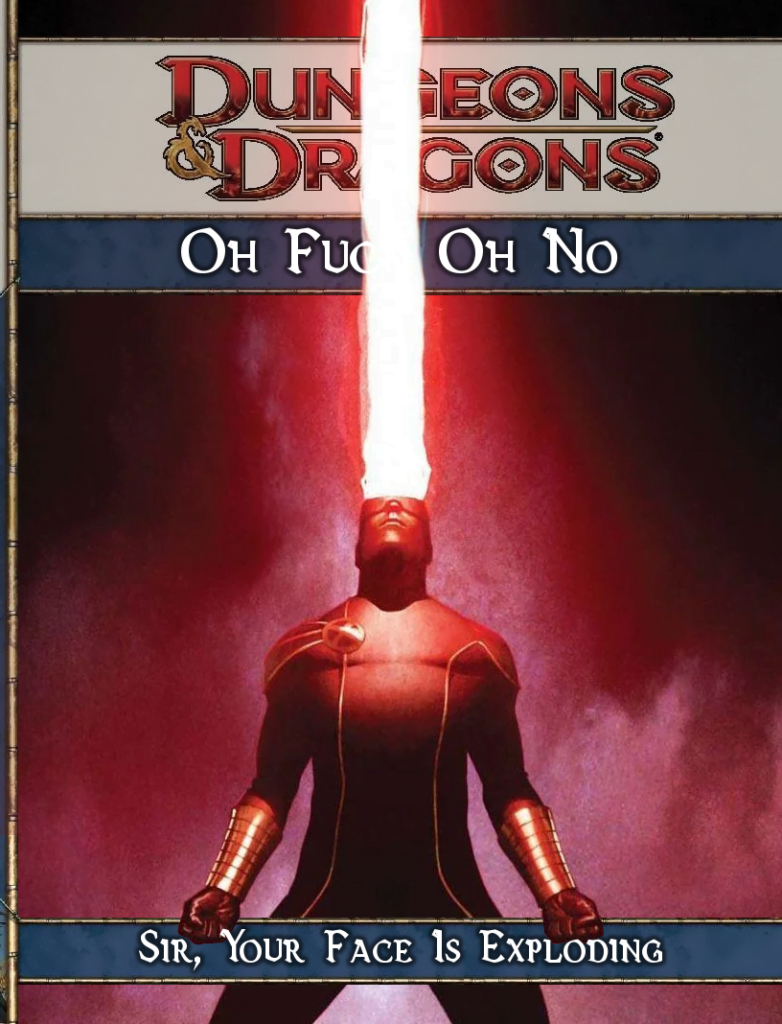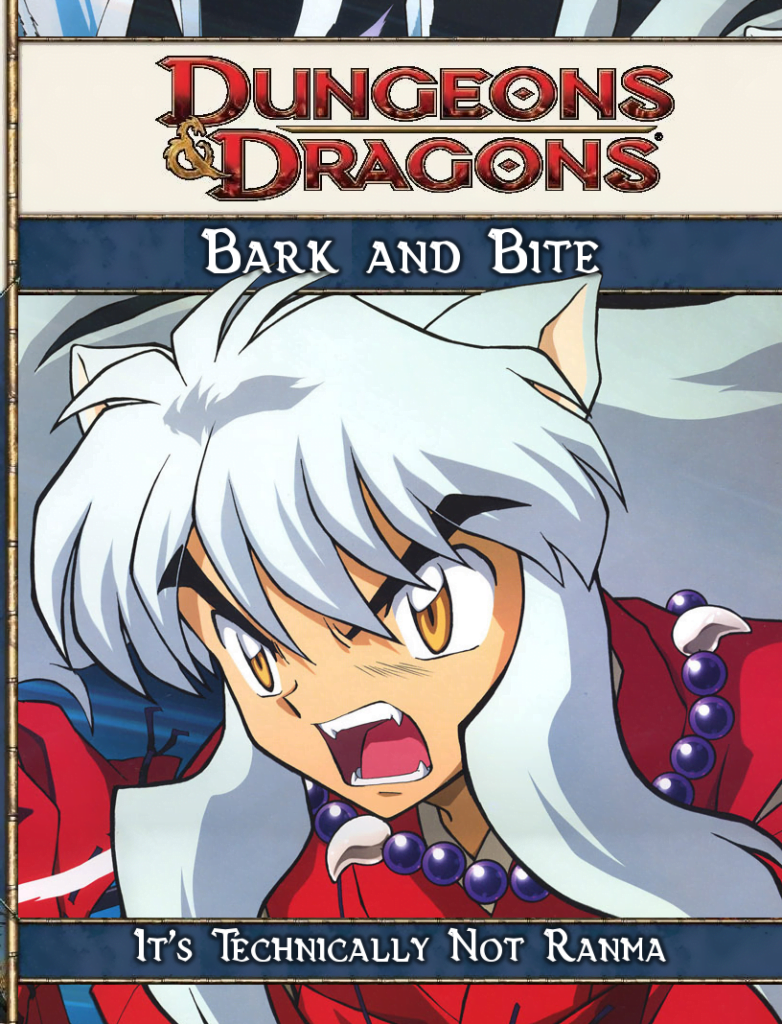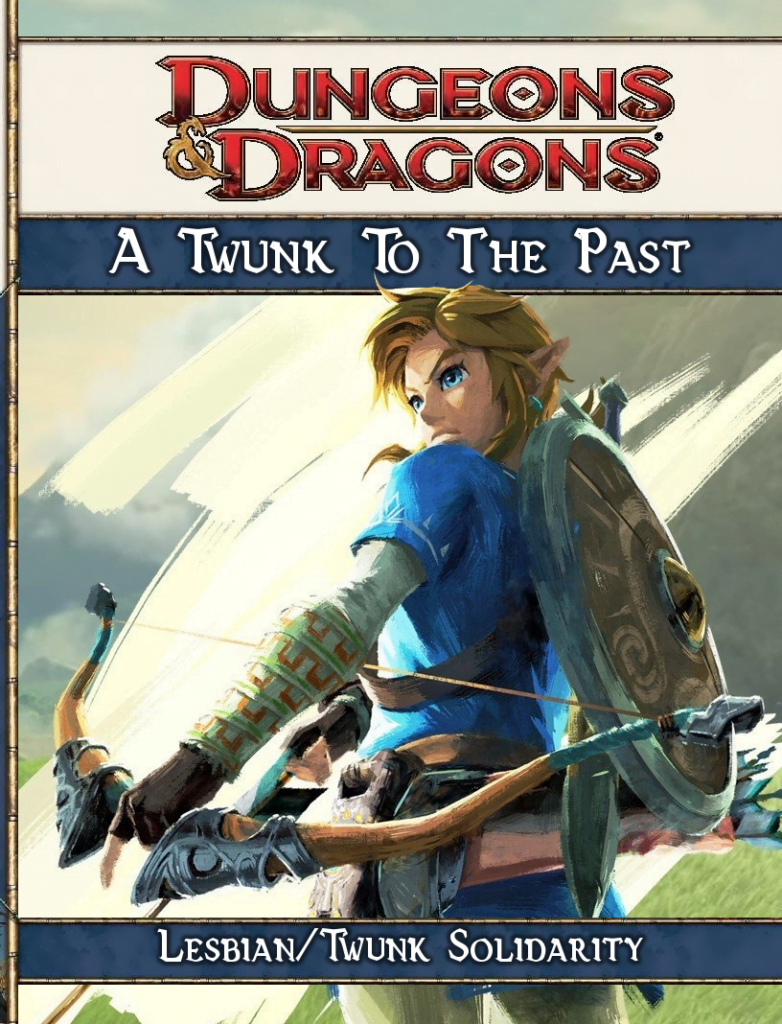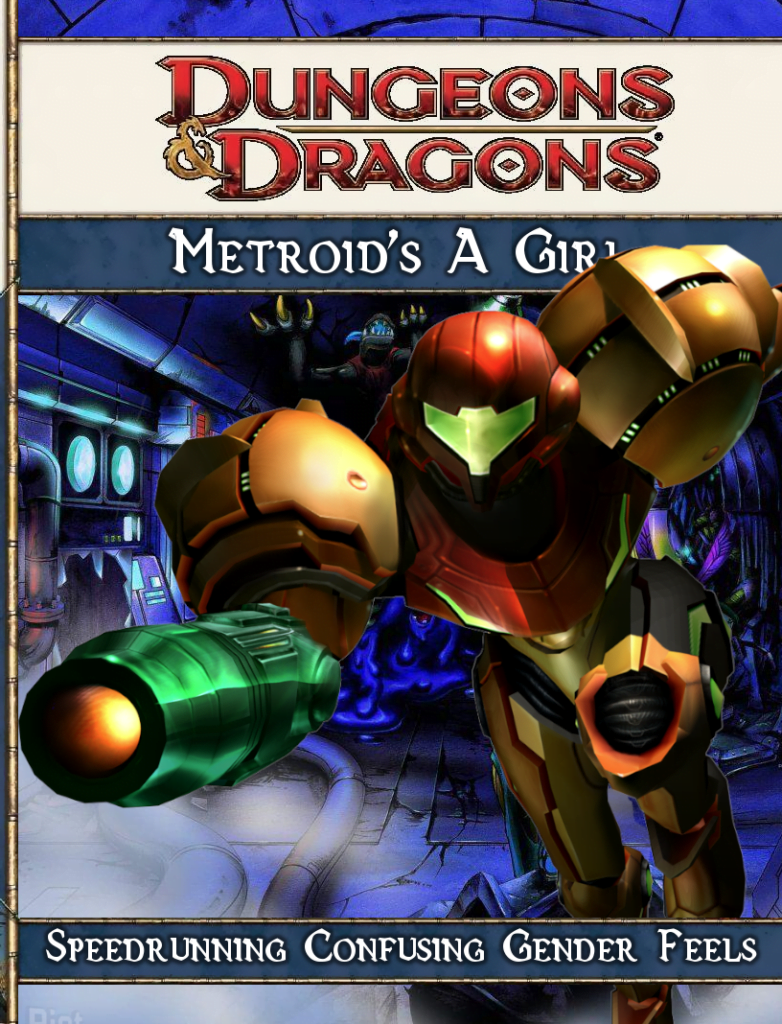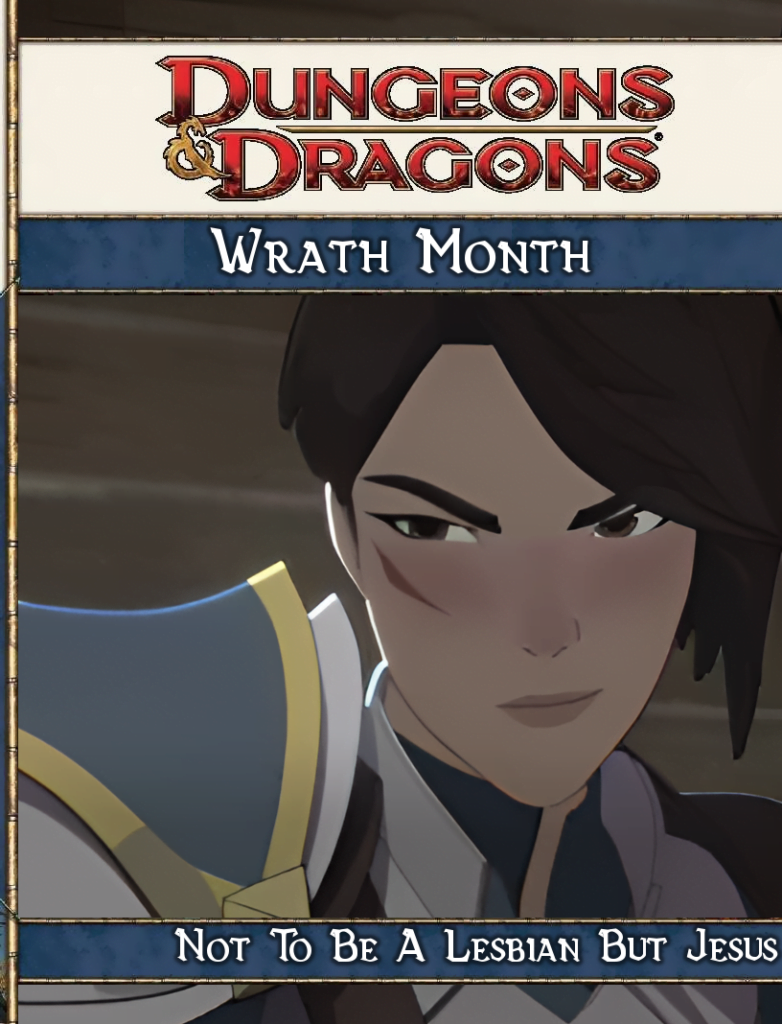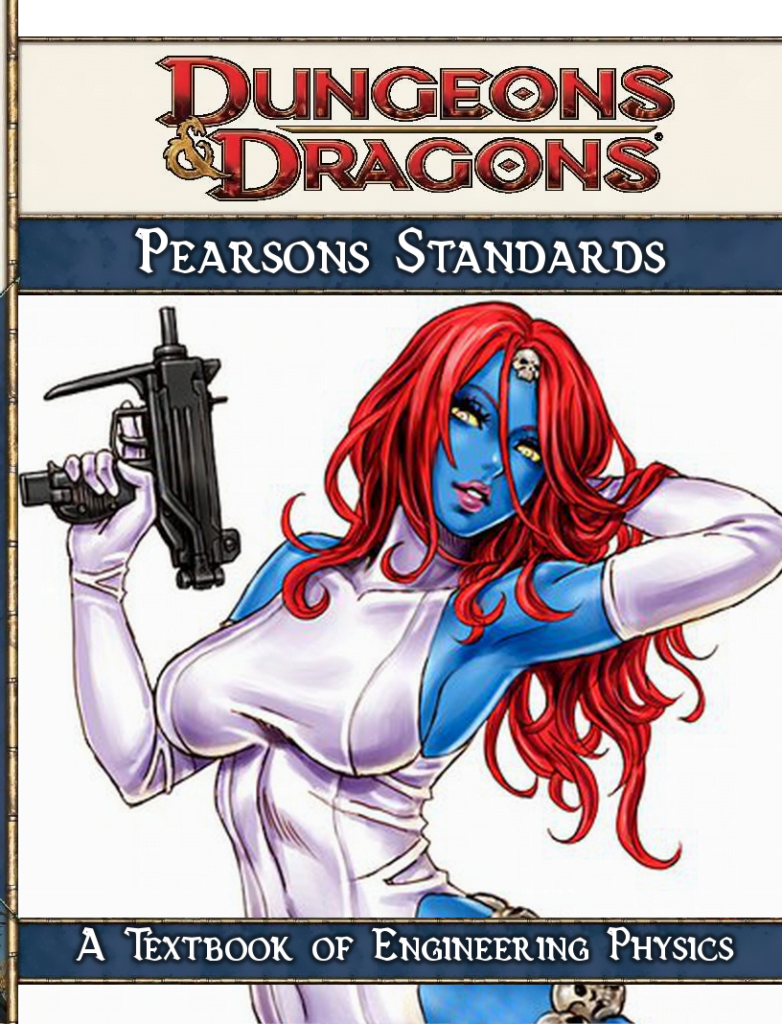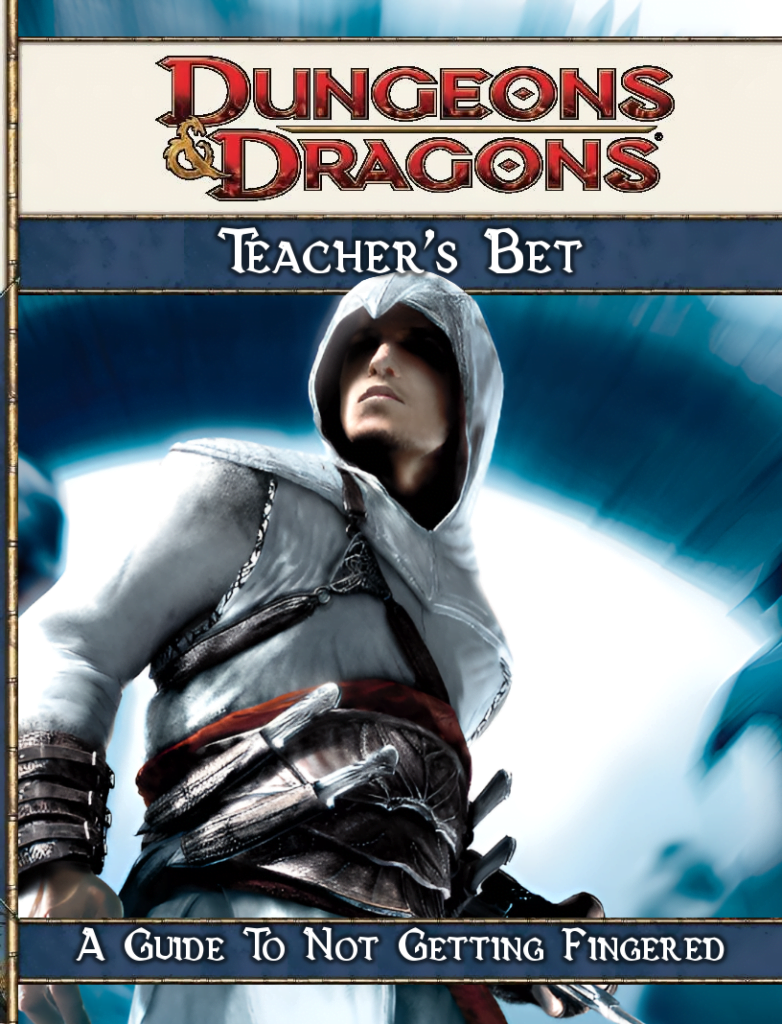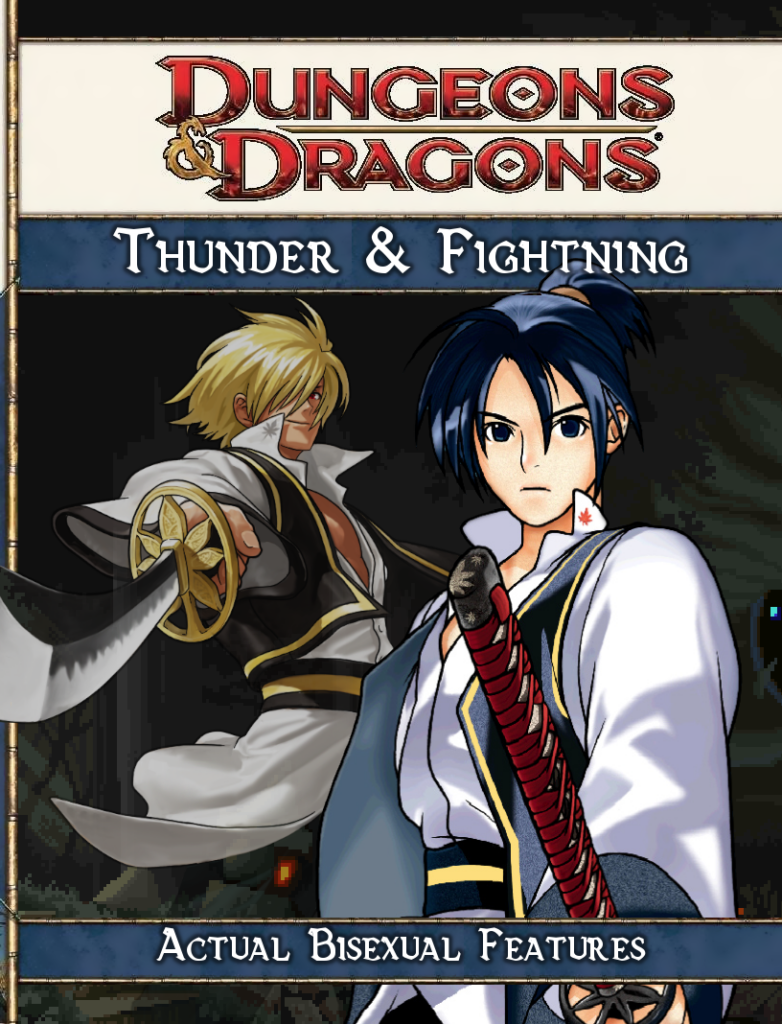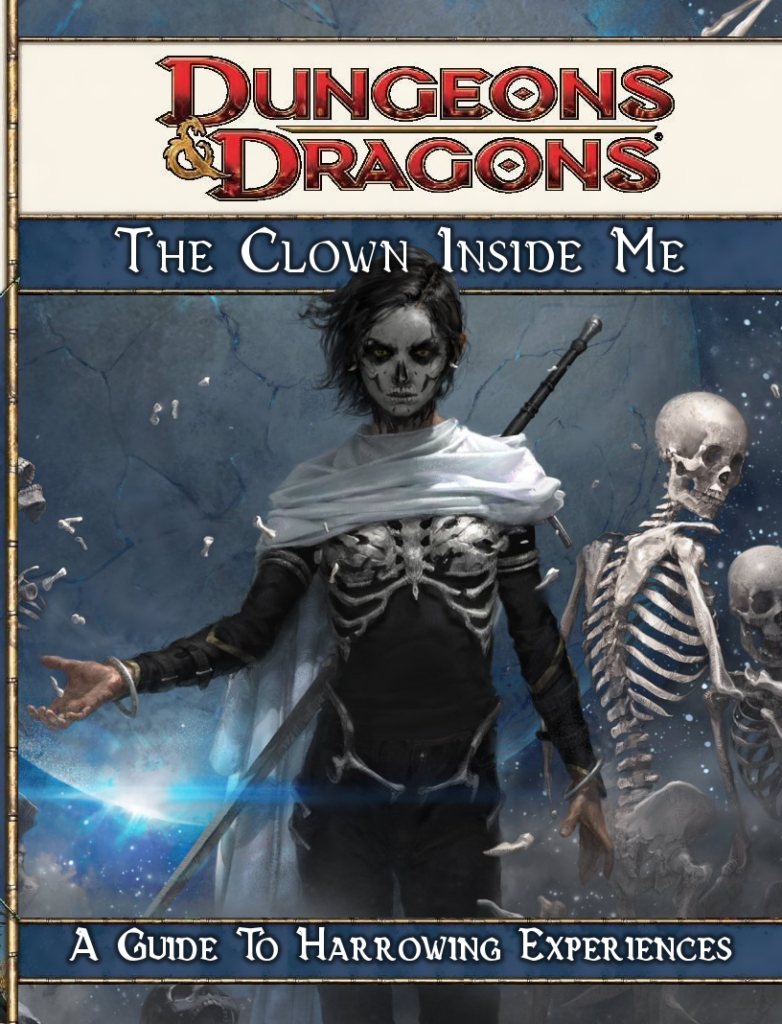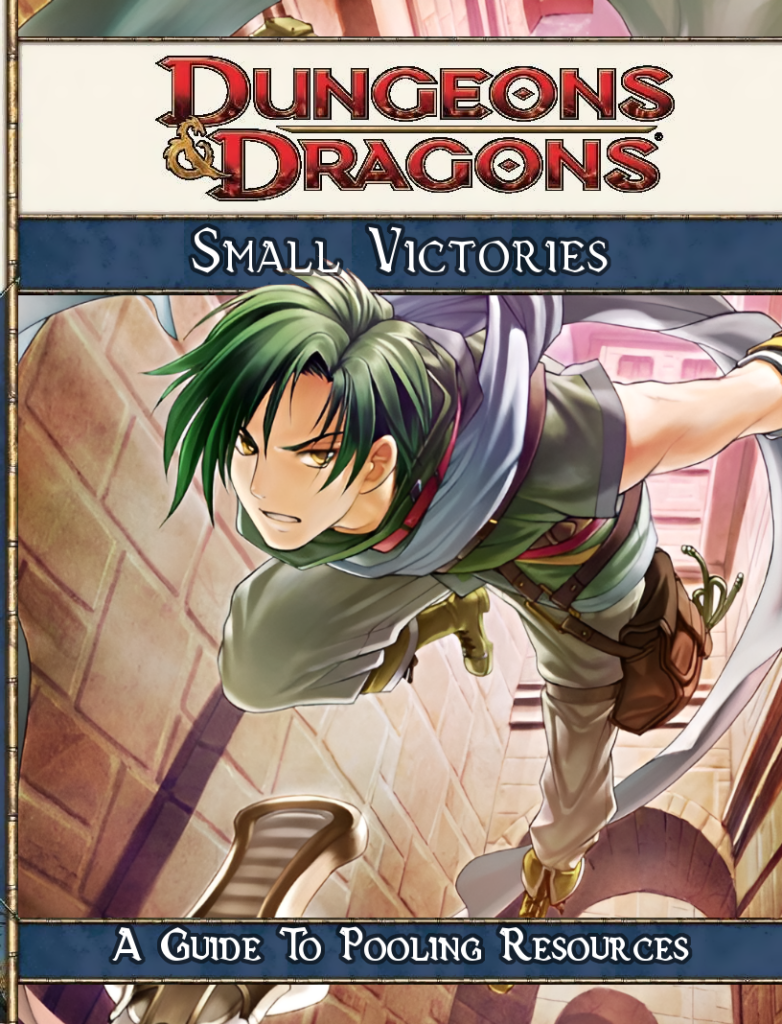Hey do you want a single article with nice, clear, readable version of all of 2023’s How To Be book covers? I like to imagine you do, so here’s a post with them in it!
I think when I skip December I’m in a mind to take a big swing. I know a January ago, I did Grimlock from Transformers because the idea of making a robot dinosaur in a fantasy magepunk situation strikes me as an interesting puzzle. How do you line that up? Cyclops is an interesting puzzle in the same way because, and I say this with love in my heart for Actual Biracial Features Cyclops’ Greatest Fans, but, like, Cyclops cooked down to his common public awareness is a very one note character and that character is kinda a boring twerp. And like if you go for ‘Cyclops, but he has a hang-glider so he can fly’ the character stops focusing on the ability to throw laser beams out of the eyes.
The thing this did for me, though, the thing I liked the most, was that the big fan of Cyclops I knew liked the article and could trust what I said about the character. That’s a good sign, and it comes up more later.
Having exhausted the romantic comedy anime Ranma 1/2 (I haven’t, just you wait) I figured I’d break out another early formative influence on my anime-tainted sexuality. February saw Inu-Yasha’s Inu-Yasha, the dog demon whose name means dog demon, who is a demon that is also a dog. Look I don’t know what you want out of this one.
During March, Frame Fatales ran! And I thought it’d be cool to do a character from a speedrunning game, and that I’d assign myself a limited amount of time to do it. This was the first of a number of articles this year that wound up as ‘well, uh, this character is clearly based on a ranger, so pick a ranger,’ because D&D is a symbiotic element of culture that has been siphoning on the meat of reality itself.
Anyway, Link is the Free Square of How To Be so I made sure this time I instead tried to avoid ever using a gendered pronoun for the elfy bastard.
I wanted to make sure my How To Be for April was a character I personally really liked. And I really like Samus, I think she’s great. But I actually feel kind of weird about this one like if I asked you to list ‘Talen characters’ I doubt you’d get to Samus Aran very early in the list. I think she’s cool as hell!
But also I think I almost like the SA-X more than I like Samus, because she’s a goopy pile of monster parts trying to be a person, and that’s something I like. But that comes up in a different series on this blog.
Sometimes I’ve been thinking about how How To Be is a series that seeks its own series. When I become a fan of something, it’s cool because it gives me more axes to continue to draw on them for inspiration, trying to find more and different ways to play in this system.
Owl House is a delightful series, and it’s a great example for this article series. There are a bunch of interesting characters who do things in different ways, but they get to do a lot of different things that still all meet the goal of ‘adventurey stuff.’ It makes it a rich field to consider, but I knew I wanted to start with Amity. Partly because Amity is great and I like her as a character a lot, but also because Amity has a power-set that looks cool and interesting and asks for an interesting puzzle to be solved.
How big and scary a pet can you have? Can you make that pet important compared to the character?
I make sure that June is a month where I pick a character that Fox likes, because it’s Fox’s birthday month. I start by asking her what she wants and since Fox likes characters who are queer, that tends to work with the Pride month really easily.
In this case, the article about Amaya from The Dragon Prince it was a great chance to talk about disability in D&D; specifically, the way that some players think of disability as a point-buy system with reality, unlike what it is – a different way of interfacing with the reality in which you live. There’s stuff you can’t do, but to be ‘disabled’ is a social category, not an inherent one, and it relies on people having an assumption about what a standard person ‘should’ always be able to do.
I don’t think the joke on this one – that this book about a shapeshifter who uses it for disguises was named like a famously boring engineering physics textbook – was a little too high brow. Or maybe I’m only the kind of person who knows famously boring textbook jokes.
Mystique was a great chance to talk about ideas of commonality of abilities, and ways to route around different heritages depending on what players and DMs want to work with. I think this is a good one for if you want to look at multiple different ways to do the same thing.
The article about Altair on the other hand was a chance to talk about how ‘killing someone’ is not something isolated to combat, and a chance to slander the Shadow Assassin for a bit. When talking about some other types of characters, like your hunters and rangers, it’s funny how hard it can be to represent a character who is so obviously a class like a ranger or a thief, but when you want to represent an assassin the game has no good tools for it.
Fortunately, Altair scraps out his fights 99% of the time so you’re fine.
September. A breather. Also, a character I’ve just always wanted to do in How To Be, but who doesn’t have an obvious opportunity. This one is just for me. Kaede is cool as hell, and he does mode switching and he’s equal parts a cocky asshole and a soft sweetboy, and I just think he’s neat.
With October I progressed into full blown Locked Tomb Brain and made an article about Harrowhark Nonagesimus. What I liked here is that the article is, yes, about summoning skeletons and stuff, but more important than that is its discussion of how you represent characters of wildly different genre and power levels. Harrow is a bad teammate because that’s what the story needs her to be, so I explore ways to make a Harrow who feels like Harrow and isn’t a bad teammate.
And finally, because I feel like neglecting Fire Emblem is a real waste of an opportunity, just last month, I looked at Sothe from Path of Radiance. I liked how this one involved thinking around the definition of what a ‘build’ is for this kind of character, and talked about ways that you can translate the vibes of a character to a new form.
